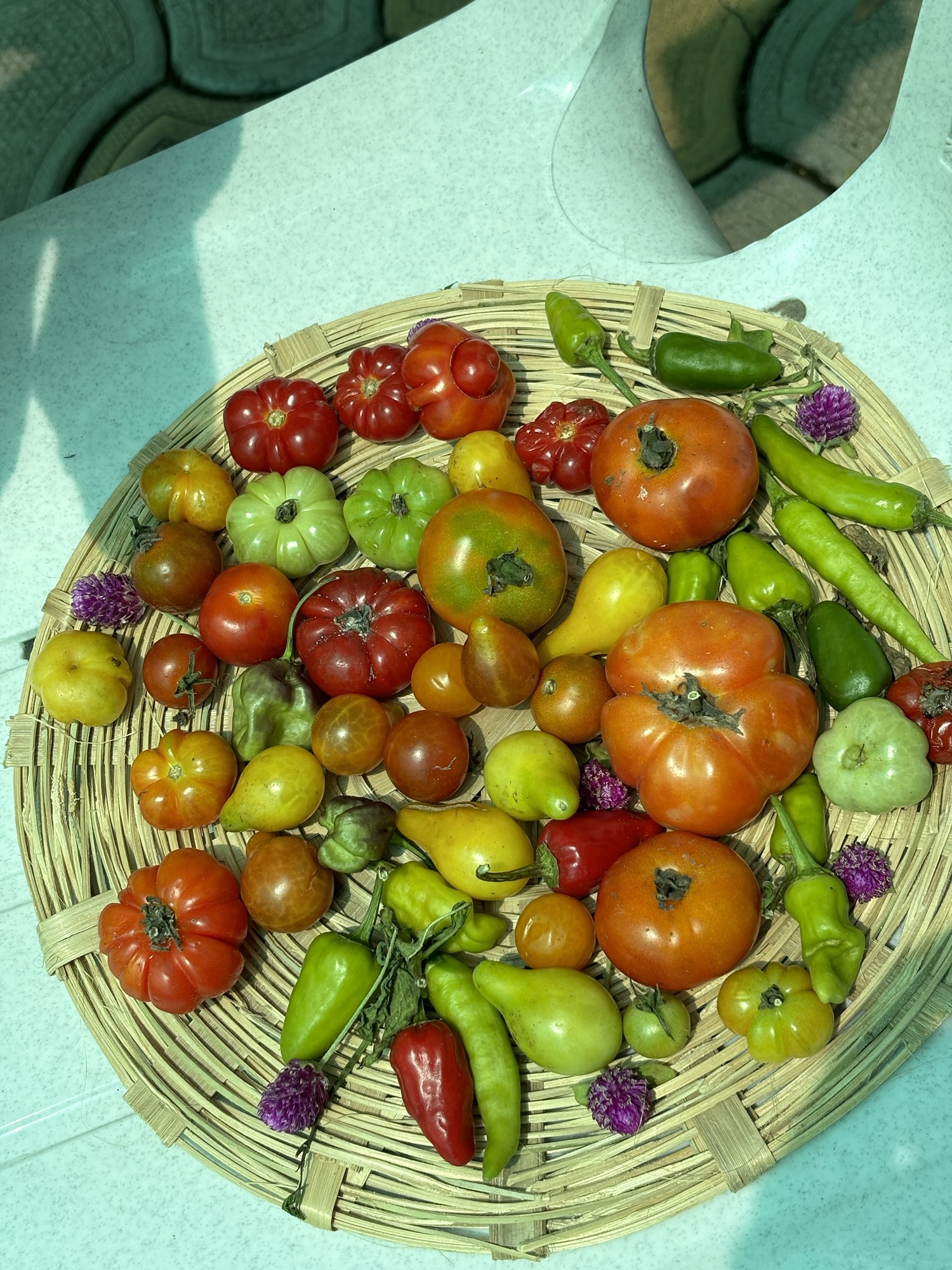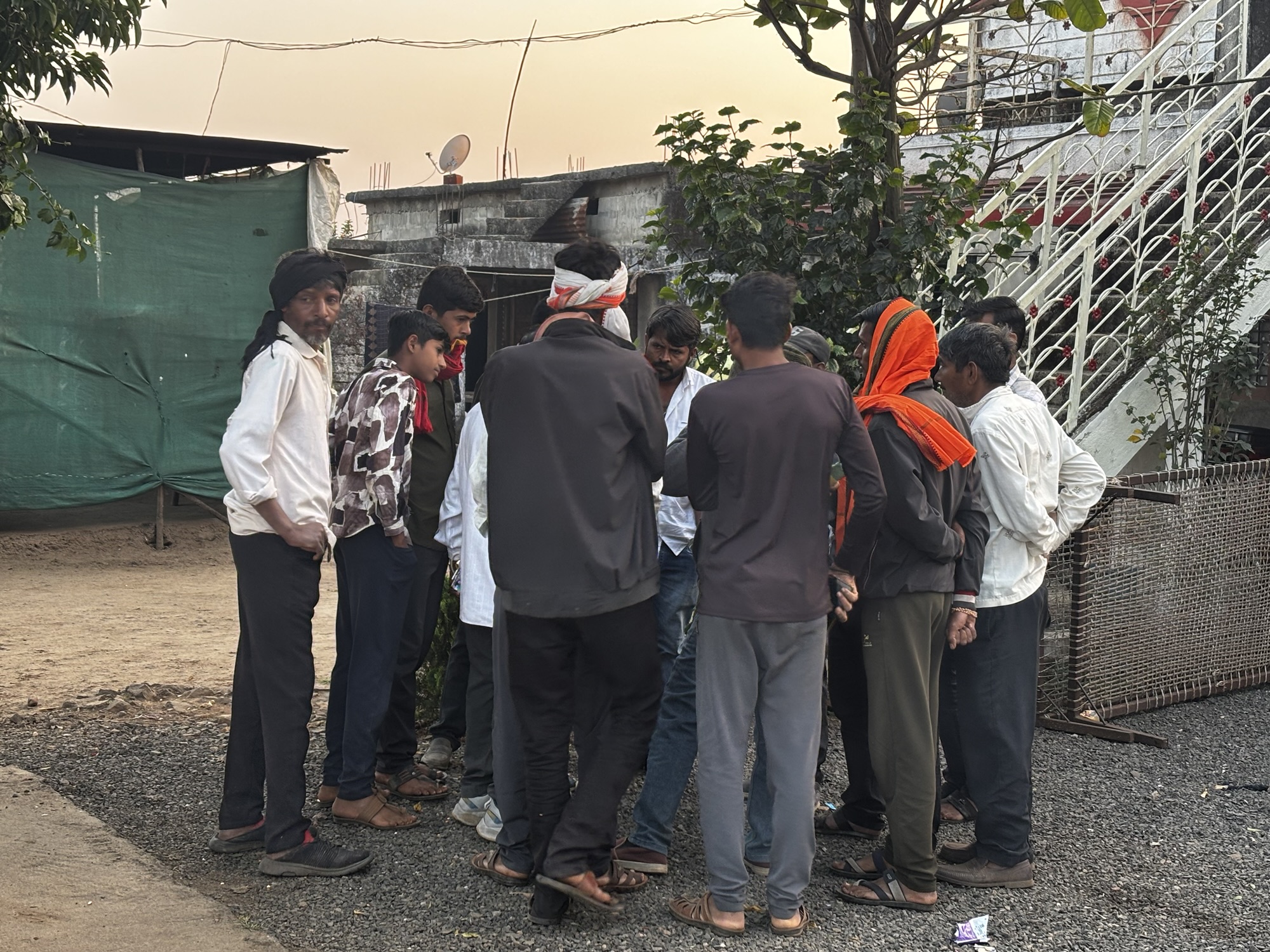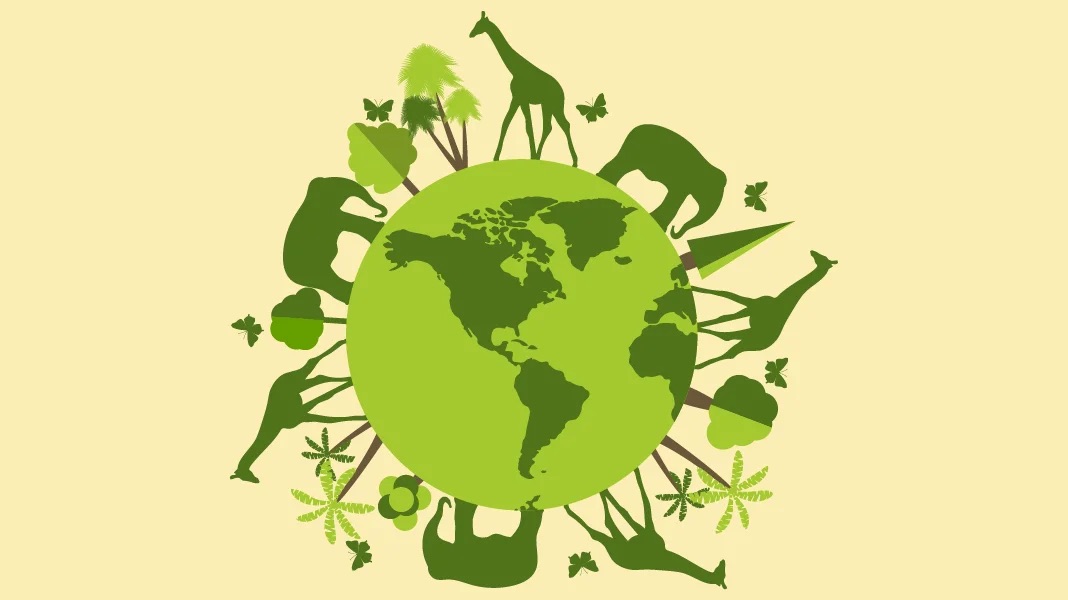Kharif sowing has picked up pace in India, with the total area sown reaching 137 lakh hectares. This increase is mainly due to timely monsoon rains and greater farmer engagement. As of June 13, 2025, the Ministry of Agriculture & Farmers’ Welfare reported a notable rise in kharif crops compared to the previous year. The total area sown for kharif crops has grown by 1.48 lakh hectares, from 87.81 lakh hectares in 2024 to 89.29 lakh hectares in 2025.
Rice cultivation has also shown a positive trend. This year, farmers have sown 4.53 lakh hectares of rice, which is an increase of 0.53 lakh hectares from last year. The average area for rice cultivation, based on data from 2019-20 to 2023-24, is around 403.09 lakh hectares.
Pulses have recorded a rise in area sown as well. The total area for pulses has increased to 3.07 lakh hectares in 2025, up from 2.60 lakh hectares in 2024. Among the pulses, urd bean and moong bean have shown strong growth, with increases of 0.24 lakh hectares and 0.17 lakh hectares, respectively. However, the area for arhar has seen a slight decline of 0.11 lakh hectares.
In the coarse cereals category, the area remained stable at 5.89 lakh hectares in 2025, a small drop from 5.90 lakh hectares in 2024. Notably, bajra cultivation has surged significantly, with 0.86 lakh hectares sown this year, compared to just 0.03 lakh hectares last year, marking an increase of 0.83 lakh hectares. Conversely, maize and ragi have experienced declines of 0.68 lakh hectares and 0.29 lakh hectares, respectively.
Oilseeds have also shown improvement, with the area sown rising to 2.05 lakh hectares in 2025 from 1.50 lakh hectares in 2024. A significant part of this growth comes from soybean cultivation, which has increased by 0.66 lakh hectares. However, groundnut cultivation has slightly decreased by 0.13 lakh hectares.
Sugarcane cultivation remains strong, with 55.07 lakh hectares sown in 2025, a small rise from 54.88 lakh hectares in 2024. On the other hand, cotton and jute & mesta have seen minor declines of 0.09 lakh hectares and 0.17 lakh hectares, respectively.
The increase in sown area for kharif crops reflects steady progress and variations across different crops. The Ministry of Agriculture is closely monitoring these agricultural trends. They aim to support farmers and ensure food security through ongoing initiatives. This year’s growth signifies the resilience of Indian farmers and their efforts to adapt to changing weather conditions.
In conclusion, the rise in kharif sowing area highlights the importance of timely rains and farmer participation. As the season progresses, it will be interesting to see how these trends evolve and what they mean for India’s agricultural landscape going forward.





